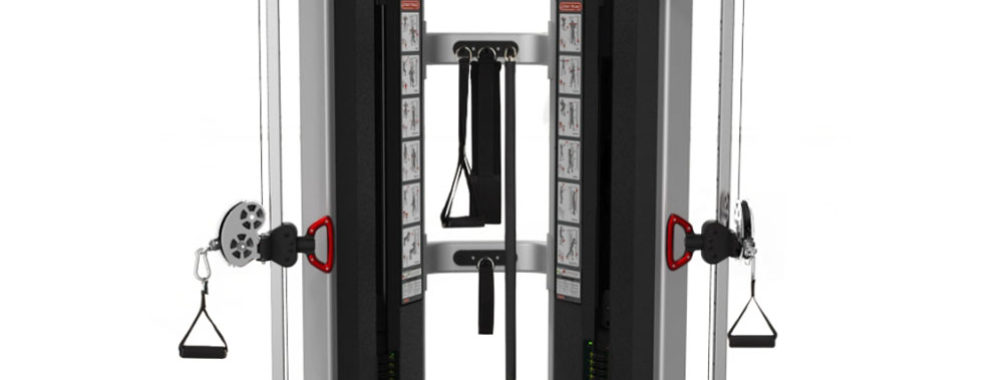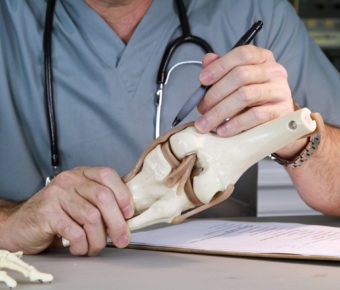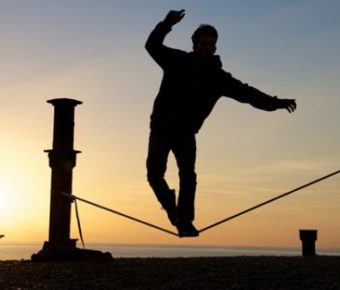
BG-6: Machines vs Free Weights: Which One Is Best For You pt 2
Fitness Machines vs Free Weights pt 2
There are many reasons that people give for going to the gym. Some go because they want to lose weight, some go to get stronger or build muscle and others go because they want to maintain or improve their ability to function.
Regardless of what any one person’s goal is, we all want to get better. We all want to move better, move more efficiently and we want to move pain free. In my experience, as both as a trainer and as a physical therapist, I’ve learned that the best way to do that is by practicing exactly what it is you want to be good at.
Getting better requires more than just going through the motions. It requires consistent effort, and it requires you to choose the right tools for the job. In part 1 of this 3 part series, I talked about how most fitness centers waste precious floor space by filling more than half of it with seated exercise machines. It isn’t very often that a person needs to be super strong in a seated position.
No one who walks through the doors of a gym, without an assistive device – a cane, a walker or a wheelchair – should ever be caught using these machines. These machines are not designed to help you progress. In fact, they actually rob you of at least 50% of your progress while you exercise because the machine is doing at least 50% of the work for you.
To me, functional exercise is all about purposeful movements of purposeful intent, where what I do in the gym transfers to being more efficient outside of the gym. For me, personally, there’s never a time that I am sitting where I would need to have a strong quadricep muscle (seated leg extension machine). So that is not functional for me. And in my experience, in both the gym and in the clinic, I can’t think of a time that it was right for anyone I worked with. It simply is not a functional move.
A form of that is used as a testing measure in the clinic, but just because it is used it doesn’t make it right, nor does it make it any more functional.
I had mentioned that when you use these seated machines, at least 50% or more of the work was being done by the machines, robbing you of some of your strength gains. Better, more efficient movement is everyone’s objective. In movement there are 2, well 3 primary moves that go into it. 1st there is the movement itself.
2nd, in conjunction with movement, and at the same time, something has to provide stability or they won’t be controlled movements. When we walk, run, jump, climb, skip or whatever, the smaller muscles in the body – the ones you don’t see – and the core muscles muscles provide the stability. But when you perform seated exercises, the seat and back support of the machine provides the stability. This, consequently, shuts off the ones that you are supposed to be using when you are active.
And 3rd , there is movement sequencing/timing. This is when one muscle has gotten as long (or as short) as it is going to get and another muscle has to take over to complete the movement. When muscles – movements – are isolated, you do just that, you isolate them, disrupting the sequential timing that is supposed to happen with functional movements.
In my 1st post I mentioned that there was only one machine that I thought was appropriate for most anyone to use. That machine is the dual pulley system. This machine – well, system – is phenomenal because you can perform virtually any exercise (movement) that you want to, while standing – allowing the core and smaller muscles to engage to provide the (stability), and it allows (sequential) movement patterns to the muscle’s end-range.
It also has a unique feature that I will discuss in part 3 of this 3 part series. You will not want to miss this final part.
If you missed part 1, or you want to read some of my other posts you can do so by clicking here. Or, if you want to learn more about me you can visit my main page by clicking here.




